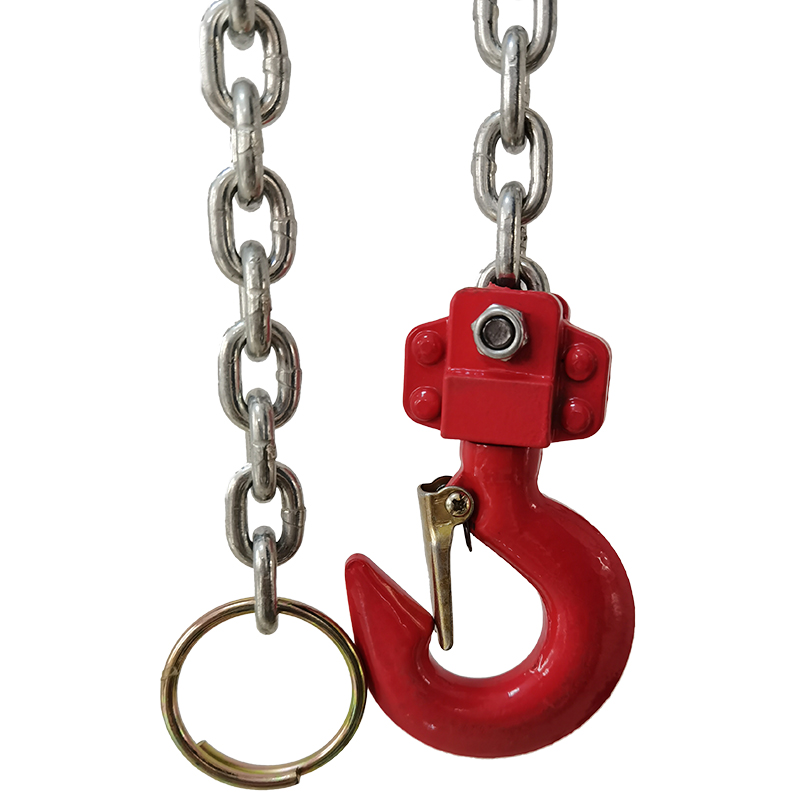


Understanding the Pallet Truck A Manual Overview
In the world of materials handling, pallet trucks play a crucial role in the efficiency of operations within warehouses and distribution centers. These versatile tools are designed to lift, transport, and move pallets with ease, significantly enhancing productivity and safety. This article delves into the key aspects of the pallet truck, as detailed in comprehensive manuals that guide users in operating and maintaining this indispensable equipment.
What is a Pallet Truck?
A pallet truck, also known as a pallet jack, is a wheeled device used to lift and move pallets. They come in various types, including manual, electric, and semi-electric models. Manual pallet trucks rely on human power and leverage to lift pallets using a hydraulic pump system, while electric pallet trucks utilize battery-powered systems for easier operation, especially in larger facilities.
Operating a Pallet Truck
Operating a pallet truck might seem straightforward, but understanding the correct procedures is essential for safety and efficiency. According to most pallet truck manuals, the following steps provide a basic guideline for operation
1. Inspect the Equipment Before use, thoroughly inspect the pallet truck for any signs of damage. Check the wheels, forks, and hydraulic systems to ensure they are in good working condition.
2. Load Management When handling loads, it's crucial to assess their weight and position on the pallet. Avoid overloading the truck beyond its capacity, as outlined in the manual, typically between 3,000 to 5,500 pounds depending on the model.
3. Lifting the Load To lift a load, insert the forks underneath the pallet, ensuring they are fully engaged, and then pump the handle to raise the forks. Avoid lifting the load too high to maintain stability.

4. Transporting Loads When moving, ensure the load is balanced and the forks are lowered to maintain a low center of gravity. Use smooth, controlled movements to navigate through the workspace, being mindful of pedestrians and obstacles.
5. Lowering the Load Once the truck reaches the desired location, smoothly lower the load by gently pulling the handle. Ensure that the area is clear before unloading.
Maintenance and Safety
Regular maintenance is imperative to ensure longevity and optimal performance of the pallet truck. Most manuals recommend conducting routine checks and servicing, such as
- Lubricating moving parts to prevent wear and tear. - Keeping the wheels clean and free from debris. - Regularly inspecting hydraulic fluid levels and lines for leaks.
Safety protocols are equally important. Users should always wear appropriate personal protective equipment (PPE), such as gloves and steel-toed boots. Training on proper lifting techniques and the correct operation of the truck should be provided to all users to minimize the risk of injury.
Conclusion
Pallet trucks are an invaluable asset in material handling, enhancing efficiency and safety in the workplace. Understanding the operation and maintenance of these tools, as highlighted in their manuals, can significantly impact productivity and workplace safety. By adhering to the guidelines provided, operators can ensure they are using their pallet trucks effectively, reducing the risks associated with heavy lifting and fostering a safer working environment. With the right practices in place, the pallet truck will continue to be a fundamental component of logistics and warehouse management for years to come.



